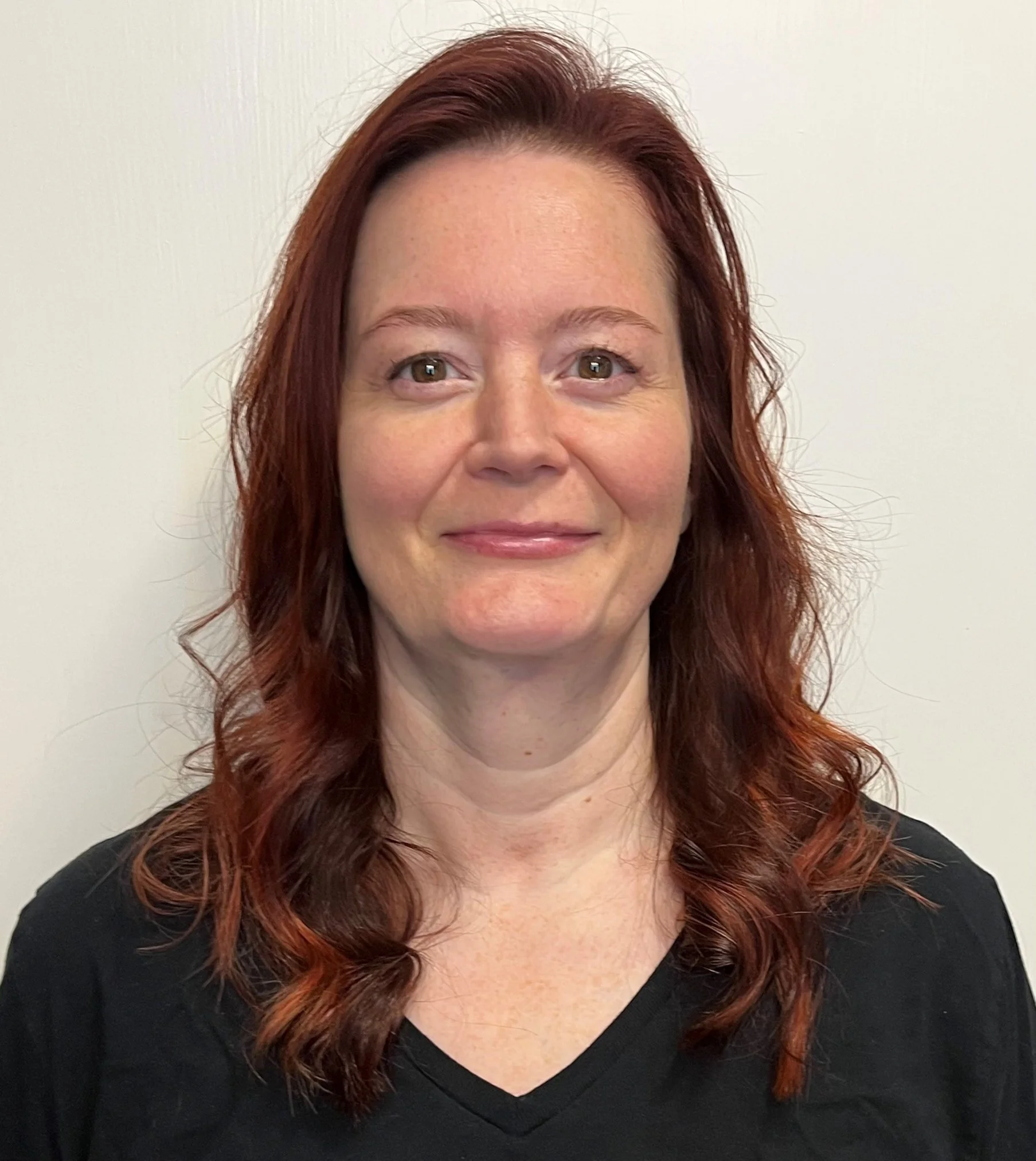University at Buffalo, the State University of New York
Potential of inhibition of poly ADP-ribose polymerase as a therapeutic approach in blast-induced cochlear and brain injury
Many potential drugs in the preclinical phase for treating different types of noise-induced hearing loss (from blast and non-blast noise) revolve around targeting oxidative stress or interfering in the cell death cascade. Though noise-induced oxidative stress and cell death is well studied in the auditory periphery, the effects of noise exposure on the central auditory system remains understudied, especially in blast noise exposure where both auditory and non-auditory structures in the brain are affected. Impulsive noise (blast wave)-induced hearing loss is different from continuous noise exposure as it is more likely to be accompanied by accelerated cognitive deficits, depression, anxiety, dementia, and brain atrophy. It is well established that poly ADP-ribose polymerase (PARP) is a key mediator of cell death and it is overactivated by oxidative stress. Thus this project will explore the potential of PARP inhibition as a potential therapeutic approach for blast-induced cochlear and brain injury. The dampening of PARP overactivation by its inhibitor 3-aminobenzamide is expected to both mitigate blast noise-induced oxidative stress and to interfere with the cell death cascade, thereby reducing cell death in both the peripheral and central auditory system.


















